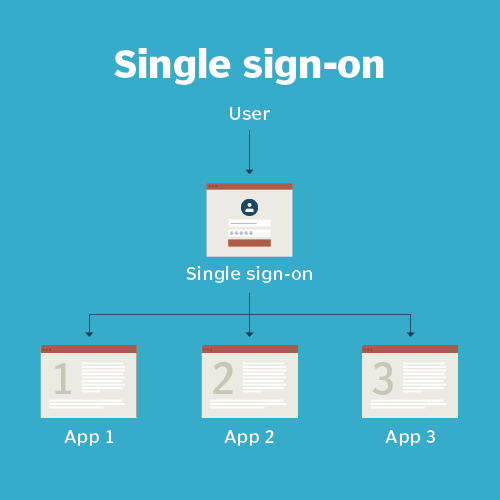Osperity now support API - SSO and Webhooks
API

With its Application Programming Interface (API), Osperity makes it easy to add imagery to third-party software applications.
An API is a combination of software code, protocols and routines that allows two software programs to communicate with each other. It enables a developer to easily request services from the targeted application.
Osperity uses RESTful APIs. A RESTful API is an application program interface that uses HTTP requests to GET, PUT, POST and DELETE data. It is bandwidth efficient, scalable, and highly adaptable and customizable, thus making it the preferred interface for web services.
Benefits
- Combine non-visual alerts from other systems with correlated imagery
- Immediately receive visual data (imagery) on request
- Embed visual data into your systems dashboard or user interface
- Get visual proof of the state of assets, otherwise not attainable
SSO

Osperity now support SSO (Single Sign-On) to login on to its application platform, making it easier to add/remove users and to streamline work for IT within organizations. SSO is an authentication scheme that allows a user to log in with a single ID to many of several related, yet independent, software systems.
Benefits
- Mitigate risk for access to 3rd-party sites because user passwords not stored or managed externally
- Reduce password fatigue from different username and password combinations
- Reduce time spent re-entering passwords for the same identity
- Reduce IT costs due to lower number of IT help desk calls about passwords
Webhooks

Benefits
- Faster and easier than using other APIs or callbacks
- Reduces wait times and allows for real-time data transfers
- Easily automate certain processes that transfer data
- Allows the creation of powerful, integrated workflow across several distinct applications, enabling instant, real-time notifications























